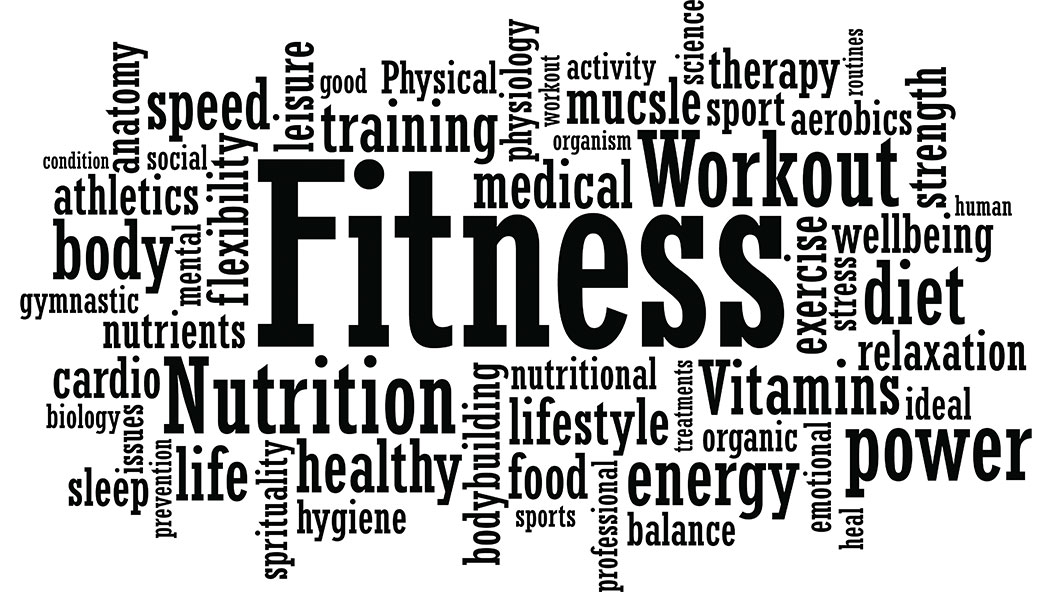
Rucking Is the Latest Fitness Trend
Rucking: What is it? (Spoiler alert: You’re probably already doing it.)
Rucking is the action of walking with weight on your back. Walking with a weighted rucksack (aka backpack) is a low-impact exercise based on military training workouts.
Hiking is rucking in the mountains and urban hiking is simply called rucking. You've probably even spent time rucking – traveling, bringing books to school, or on your commute to work. Carrying weight is a necessary part of life and, as it turns out, we humas are made for it.
Rucking is simple to do and requires minimal gear. Just add weight to a backpack or wear a weighted fitness vest and walk.

Rucking Has a Number of Benefits
- Doing it gets you outside. With more and more Americans stuck inside and glued to iPads and TV screens, the message should be obvious: We need to spend more time outside and moving around and less time inside and focused on a screen.
- Rucking helps with weight management. Research suggests rucking burns up to three times more calories than walking, not quite as many as running, and about the same as jogging or doing functional fitness. It depends greatly on the amount of weight you’re carrying, of course. Going faster with more weight will burn more calories.
- Rucking builds muscle. Rucking is a great way to build muscle, especially in the lower body. The additional weight will progressively overload the muscles and promote growth.
- Rucking helps improve bone density. Weight-bearing exercises. Including rucking, improve bone density, which is essential for bones as you age.
- Rucking provides a full-body workout with less risk of injury. It stabilizes your core, strengthens your legs and glutes, and works your cardiovascular system.
- You can increase or decrease the amount of weight you carry. On any given day, you can adjust the weight in your backpack. If you want to challenge yourself, add more weight, or lighten your load to accommodate someone with you who is just starting their program.
You Need 4 Things To Start Rucking
- Get a backpack or weighted fitness vest. There are backpacks specially intended for rucking that almost any store that carries outdoor clothing and equipment would have. If you’re new to rucking, don't worry about which type of pack to use. Try a few on while you’re in the store and decide which one feels the most comfortable. A fitness vest that comes with weights you can add is another option.
- Now that you have your bag or vest you need to add some weight to it. There are some weights specifically designed to fit into rucksacks, but you can start with what you've got. Practically anything will work, including dumbbells, bricks, or books wrapped in a towel for cushioning, sand, or even potting soil. When in doubt about how much to start with, begin with 10 – 20 pounds. The weight of fitness vests can also be adjusted based on the amount of weights you add to it.
- Put your pack or vest on and start walking. It's that easy. Start at a comfortable pace and keep an upright posture. Over time, you can increase weight, speed, and distance.
- Wear comfortable athletic shoes. Make sure they fit well. Press your heel to the back and be sure you have enough comfortable room at the front for your toes. Your feet may swell if rucking for significant distances, so don’t wear shoes or hiking boots that are too tight. (You may also want thick socks if you’re going for more distance.)
Set Goals
Fifteen minutes of rucking to complete a mile is a reasonable goal to start with. If you're moving slower than 20 minutes per mile, consider reducing your weight. Start with one to two rucks per week to get the hang of it. Be patient: It could take between three and six months to reach your strength and endurance goals.










